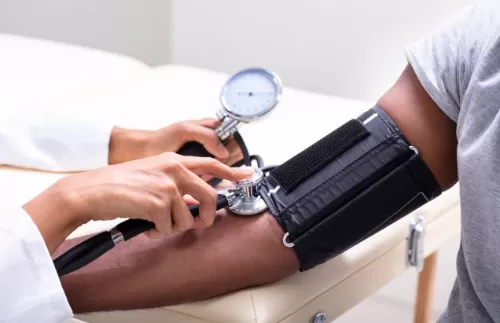Common Skin Diseases: Understanding Psoriasis, Dermatitis, and More
Skin diseases are prevalent and can significantly impact a person’s quality of life. Here’s a look at some common skin conditions, including psoriasis, dermatitis, and others.

Psoriasis
Overview: Psoriasis is a chronic autoimmune condition that leads to the rapid growth of skin cells, resulting in thick, red, scaly patches.
Symptoms:
Red patches of skin covered with thick, silvery scales
Dry, cracked skin that may bleed
Itching, burning, or soreness
Thickened or pitted nails
Causes: The exact cause is not fully understood, but genetics, immune system dysfunction, and environmental triggers play a role.
Dermatitis
Overview: Dermatitis is a general term for inflammation of the skin, often characterized by red, itchy patches.
Types:
Atopic Dermatitis (Eczema): Often starts in childhood; linked to allergies and asthma.
Contact Dermatitis: Caused by direct contact with an irritant or allergen.
Symptoms:
Red, inflamed skin
Itching or burning sensations
Dry, flaky patches
Causes: Allergens, irritants, stress, and changes in weather can trigger dermatitis.
Acne
Overview: Acne is one of the most common skin conditions, typically occurring during adolescence but can persist into adulthood.
Symptoms:
Pimples, blackheads, and cysts
Oily skin
Scarring
Causes: Hormonal changes, excess oil production, and bacteria contribute to acne development.
Rosacea
Overview: Rosacea is a chronic skin condition that causes redness and visible blood vessels in the face.
Symptoms:
Flushing or redness across the nose and cheeks
Bumps and pimples resembling acne
Thickening skin, particularly on the nose (in severe cases)
Causes: The exact cause is unclear, but genetic factors and environmental triggers can exacerbate the condition.
Fungal Infections
Overview: Fungal skin infections, such as athlete's foot and ringworm, are caused by fungi and can affect various parts of the body.
Symptoms:
Itching and redness
Scaly or flaky patches
Blisters in some cases
Causes: Fungi thrive in warm, moist environments, making areas like feet and groin susceptible.
Vitiligo
Overview: Vitiligo is a condition where the skin loses its pigment, leading to white patches.
Symptoms:
Loss of skin color in patches
Premature graying of hair
Causes: The exact cause is unknown, but it is thought to be an autoimmune response where the immune system attacks the pigment cells.
Skin Cancer
Overview: Skin cancer is the most common type of cancer in the U.S., with basal cell carcinoma, squamous cell carcinoma, and melanoma being the primary types.
Symptoms:
New growths or sores that don’t heal
Changes in existing moles
Itching or bleeding in areas of concern
Causes: Prolonged exposure to UV radiation from the sun or tanning beds is a significant risk factor.
Conclusion
Understanding common skin diseases is crucial for early detection and effective management. If you notice any concerning symptoms, consult a healthcare professional for a proper diagnosis and treatment plan. Taking proactive steps can help maintain healthy skin and overall well-being.

Your Complete Guide to Convenient and Comprehensive Physical Exams

Gentle Pain Relief And Lifestyle Tips For Active Seniors

5 Proven Weight Loss Hacks You Need to Try in 2025

Natural Enhancement Showdown: Vampire Breast Lift or Surgical Mastopexy

Top 5 Signs You Need Dental Replacement 3 Will Shock You

Discover the World on Your Plate: Why Imported Food Is America’s New Obsession

Finding the Best Hearing Aid for Seniors







